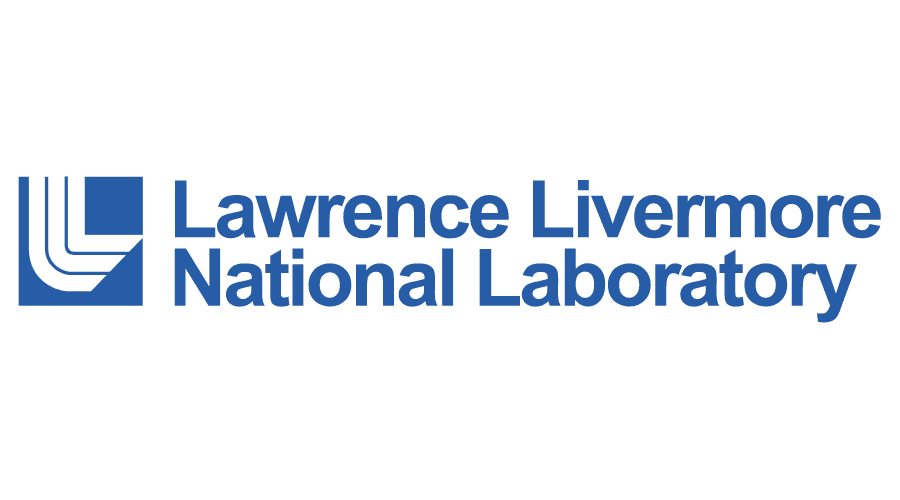Part 1 of 2 Parts
Researchers at the Lawrence Livermore National Laboratory (LLNL) and the Laboratory for Laser Energetics (LLE) are collaborating to improve polar direct drive (PDD) neutron sources on the National Ignition Facility (NIF), the world's most powerful assembly of lasers.
PDD neutron sources are tiny capsules that are filled with a deuterium-tritium (DT) gas at room temperature. They are shot with powerful laser pulses but do not require precise laser power contrast control or power accuracy. These neutron sources are more efficient in terms of time and resources for use in the NIF than conventional indirect drive sources that have to be covered by high-quality cryogenic layers of DT ice. Additionally, there is a smaller generated target debris load which allows neutron radiation effects experiments to be placed much closer to the target. This creates a stronger neutron radiation field for testing.
The team has significantly increased the total fusion output and laser to fusion energy conversion efficiency for PDD. They also developed what they call a PDD exploding pusher or PDXP. This is a platform that has allowed radiation effects testing of recoverable samples at record fourteen million electron-volt neutron fluence levels.
Charles Yeamans is the team lead and first author of a paper that appears in the journal Nuclear Fusion. He said, “For over a year and a half after the initial experimental success, this design of PDD was the most efficient way in existence to convert laser energy input into fusion output. Shooting really big lasers at stuff can stimulate fusion reactions like what happens in the sun and other stars and terrestrially in the core of a nuclear detonation. We want to study how the intense radiation fields generated from fusion affect materials, electronics and engineered systems like satellites and airplanes. At NIF we are able to control and position our test objects close to that source.” Co-authors include Elijah Kemp, Zach Walters, Heather Whitley and Brent Blue from LLNL, and Steve Craxton, Patrick McKenty, Emma Garcia and Yujia Yang from LLE.
Similar direct drive capsule platforms have many different applications on the NIF. They can be filled with different mixtures of gas and used for studies of nuclear reaction that are of interest of astrophysicists and, also, as a source of protons for point backlighting. They have been used to produce ultra-short pulses of high-brightness continuum X-rays for extended X-ray absorption fine structures (EXAFS) studies and for measurements of opacity. They have also been used to make large, compressed plasmas in order to study electron-ion energy transfer.
Yeamans said the work developed a valuable addition to the overall radiation effects experimental test capability for the Lab. He also remarked that “Overall, a better NIF neutron source design allows us to conduct better radiation effects tests in greater numbers than if we were to rely solely on the mainstream NIF experiments. Overall, a better NIF neutron source design allows us to conduct better radiation effects tests in greater numbers than if we were to rely solely on the mainstream NIF experiments.”
Please read Part 2 next
